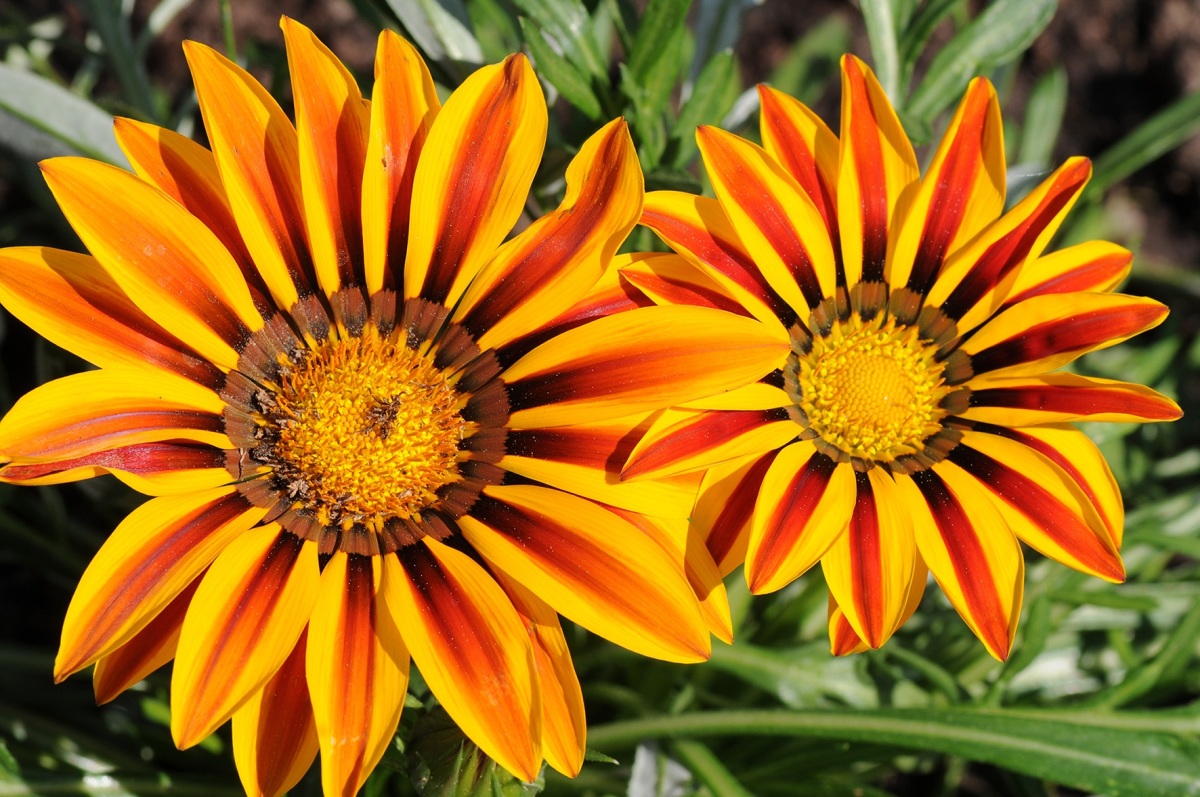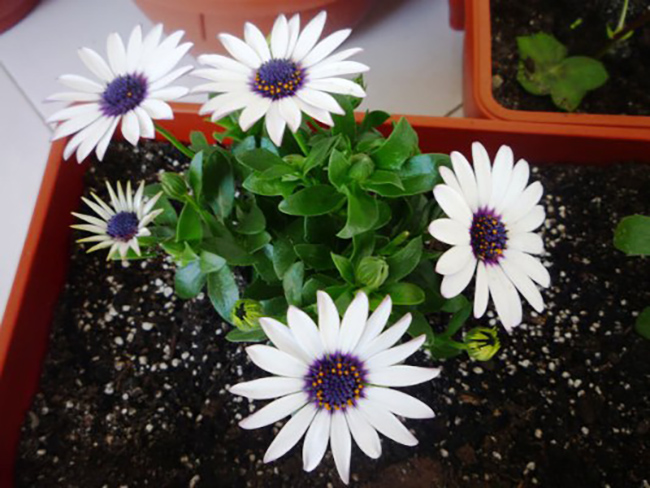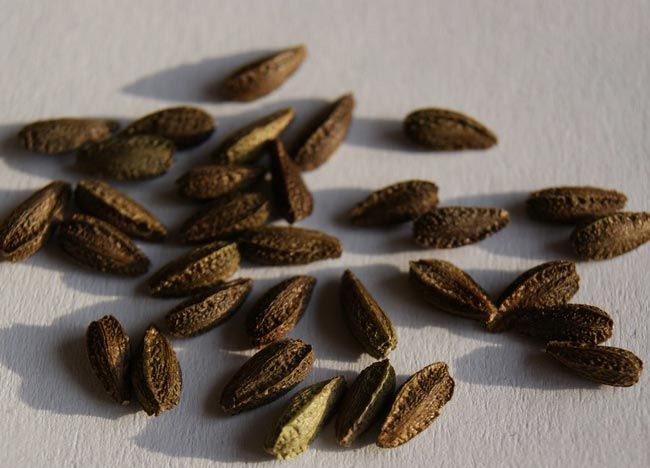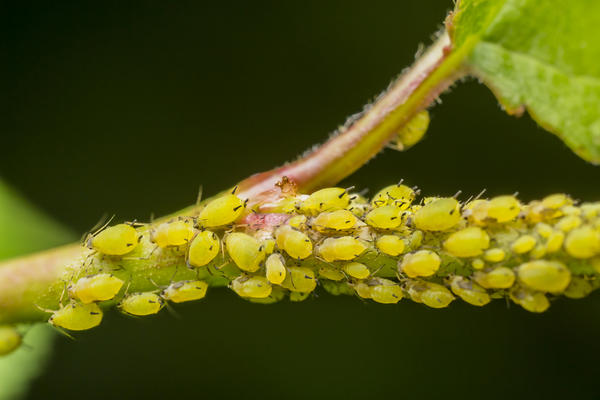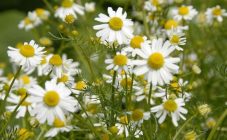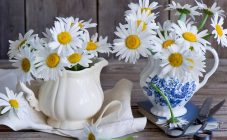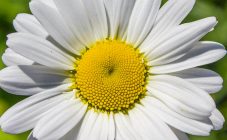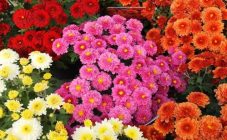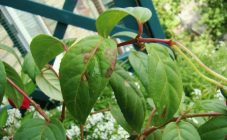Content:
Osteospermum (gazania) is a wonderful decorative flower that grows freely in South Africa. By its appearance, the plant resembles a chamomile. That is why the plant has acquired such a name - African chamomile.
In our latitudes, it feels comfortable in summer, but with the arrival of winter it suffers from cold. There are, however, some species that overwinter normally outdoors. But most of them are bred in summer conditions, greenhouses.
There are at least 50 wild types of osteospermum, but at home they keep specially created hybrids for this - garden ones. Their number reaches a decent scale, thanks to which the plant is grown as an indoor plant. Although many people like breeding gatsania in personal plots.
African chamomile is a perennial flower. His name comes from the combination of the words osteo, which means bone, and spermum, which means seed.
For the Russian-speaking population, the literal translation does not sound the most pleasant way, therefore osteospermum was endowed with other names, such as:
- African chamomile;
- Blue-eyed chamomile;
- Cape daisy;
- Cape chamomile;
- South African chamomile;
- Gazania or Gazania (the letter Z in Italian can be read with different sounds).
Biological description
It has a bushy shape, growth in height can reach 1 meter. This value may vary depending on the variety. The most famous and widespread type of "Sky and Ice" reaches 70-75 cm.
The stems of this plant tend to bush and branch, they are decorated with a large number of leaves. Depending on the variety, the color of the leaves also varies, they can be gray, green and others, the edges of the leaves are serrated.
The flowering period is from June to late September, sometimes early October. Inflorescences in the form of baskets, 4-6 cm in diameter. They are distinguished by their amazing, unusual beauty. As well as the color of the leaves, the color of the flowers depends on the variety.
After 3-5 days, the flowers begin to fade, but they are immediately replaced by new ones, which provides the plant with continuous flowering. At night and during rains, the buds close.
Summer flower care
When caring for this plant, you must step by step follow all the points:
- water regularly;
- provide fertilizer;
- loosen;
- cover the soil with mulch;
- constantly get rid of wilted buds.
Watering should be regular, but it is not recommended to do it overly often. A much greater effect can be achieved if watering is not too frequent, but abundant. Because drought is better tolerated by the plant than high humidity, the roots can rot and lead to plant death.
Fertilization will promote longer flowering of osteosperm. It is allowed to use both organic and mineral fertilizers. Three weeks after the plant is transplanted, the first feeding can be carried out, after which the procedure can be repeated at intervals of two weeks.
It is only necessary to loosen the top layer of the soil so as not to damage the organs of the plant, while it is necessary to get rid of weeds.
If you follow agrotechnical rules, carefully care for and plant gatsania in the sun, then flowering will begin in June. The inflorescence will be voluminous and abundant, provided that already faded buds are regularly disposed of.
With a systematic implementation of this procedure, excellent continuous flowering will remain until autumn. Many growers ask the question: is the gazania flower perennial or is it an annual plant. Our climate is not suitable for African chamomile and it will not survive three months of cold winter. Therefore, it is grown for one season.
Planting does not require special attention, they only need to be watered occasionally using a small amount of water. It will be necessary to cut the length of the shoots in half. Already in May, the plant can be freely moved into the ground. Growing a flower is not difficult, the main thing is to do everything right.
Reproduction of African chamomile
This plant is bred in several ways:
- using seeds;
- cuttings;
- breeding in a vegetative way.
But in the latter case, some varietal characteristics may be lost.
Immature cuttings from 6 to 7 cm in size must be cut with a well-sharpened knife from the tops of a healthy plant. Then root them in a humid place: wet sand, greenhouses, vermiculite, perlite, moss, which contains a hydrogel. The temperature in this place should be between +18 and + 22 ° С. It is necessary to get rid of excess leaves at the bottom.
Rooting of the cuttings takes two to three weeks, after which they are moved to a place that fits the size.
With reproduction with the help of seeds, things are much simpler: in mid-April (but not later) it is necessary to sow seeds in nutrient soil. A week later, maybe a little more, the seeds should already sprout.
Outdoor transplant
Planting times in open soil may vary depending on weather and climate. At positive temperatures, it is necessary to wait until the soil warms up, then process the place where the bush will be planted. You cannot plant a plant in clay soils, as well as in places where water stagnates after rains.
African chamomile grows well in light, sandy soil. To improve the favorable environment for the plant, it is necessary to add a third of a bucket of humus per square meter of land. The holes should be dug 20 cm apart.
The plant can be transplanted if 12 weeks have passed since germination, because it is during this period that the root system should form and become strong, which will help to adapt well to new conditions. When transplanting, it is recommended to use a garden scoop. Take the plant itself out of the vessel carefully together with the ground so as not to damage it.
Diseases and pests
There are not so many pests that can harm the plant. Occasionally, osteospermum is attacked by aphids. The yellowness of the leaves, their dropping, are signs indicating the presence of a negative effect of the insect. They fight aphids with drugs designed specifically for this.
The root system can be damaged by fungi in the event of a prolonged stay of the plant in an excessively humid place filled with water. The plant can be cured by transplanting it to a dry place and treating it with fungicides.
Winter storage
In addition to growing and nursing, Gazania flowers must be preserved as a perennial. In Russian conditions, it is categorically impossible for this plant to winter in open ground.As a rule, the bushes of this flower are completely removed from the ground and transported to a basement or a special storage facility to keep them intact. In the spring, when the soil warms up enough, the bush is returned back.
Knowing what kind of care gazania needs, you can grow a gorgeous bush at your summer cottage and enjoy its lush flowering.
